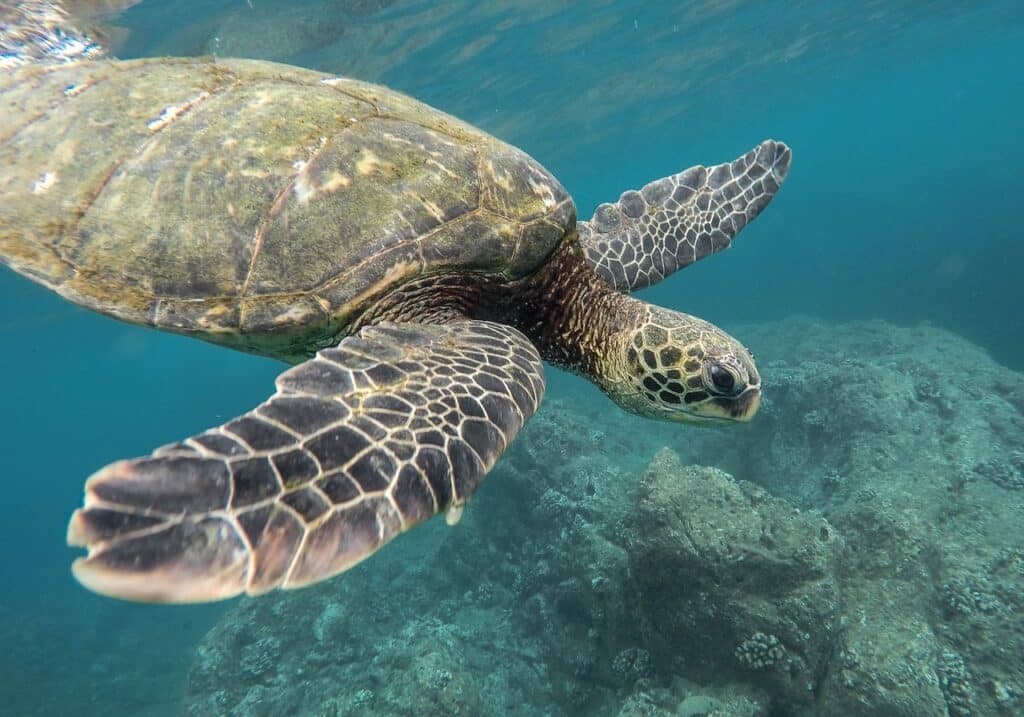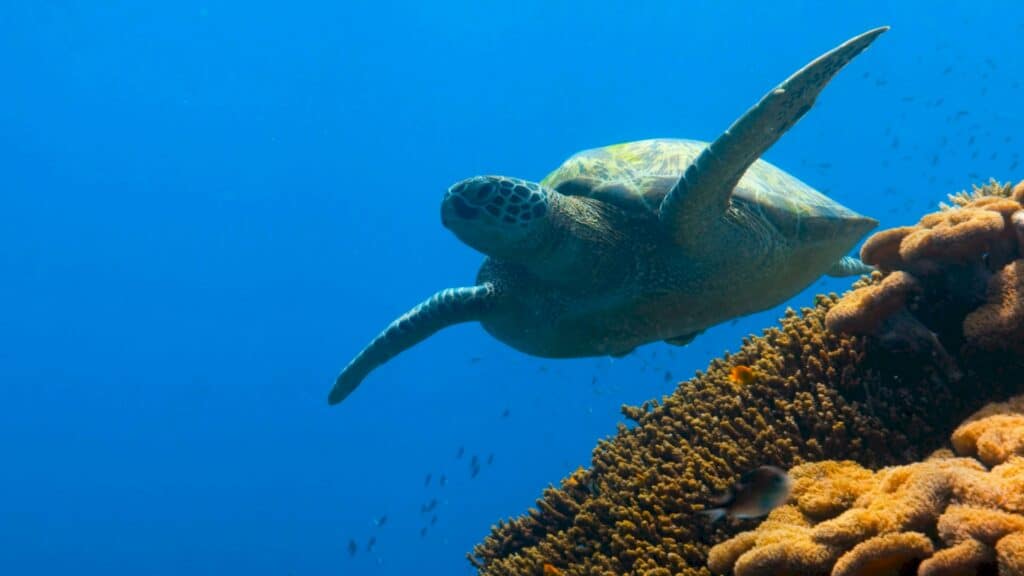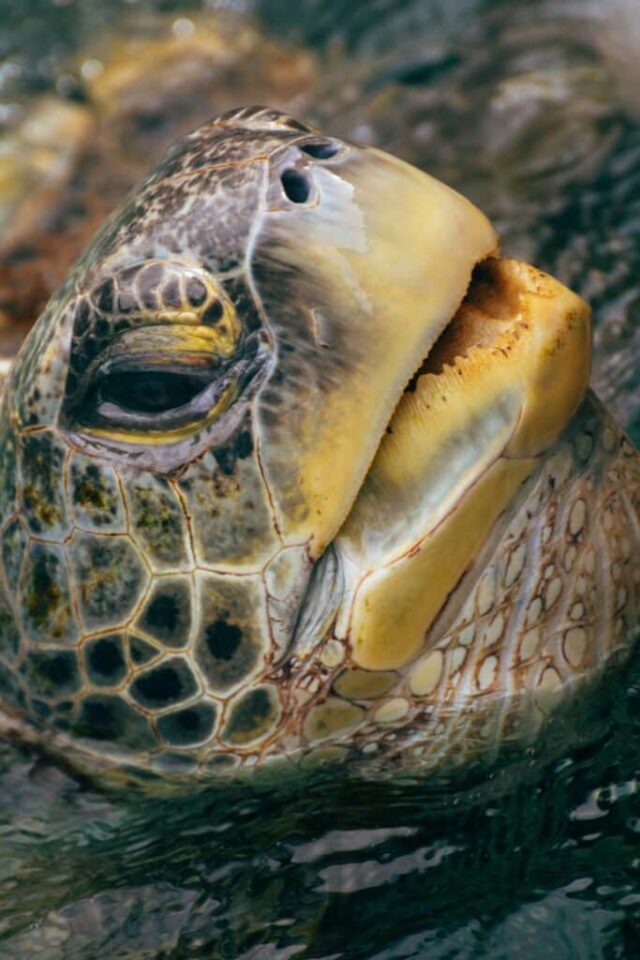Sea Turtles will make their way to the beach starting May 1, 2025. Sea Turtle Nesting Season begins annually in the Myrtle Beach area from May 1st. to the end of October.
Understanding Sea Turtles and their behavior
Loggerhead sea turtles primarily nest on the Grand Strand beaches between May 1 and October 31. The peak nesting season is from the end of June to the end of August, and hatchlings usually make their way to the ocean from late July to October, frequently guided by moonlight.
Sea Turtle nests can be located on beaches from North Myrtle Beach to Pawleys Island, with Pawleys Island having the highest number of nests.
Four primary species of sea turtles that nest in the Myrtle Beach region are the Loggerhead, Green, Kemp’s Ridley, and Leatherback sea turtles. The Loggerhead is the most prevalent, with the other three being less common but still found in the vicinity.
Here’s a more detailed look at each species:
Loggerhead Sea Turtle: The species that nests most abundantly in South Carolina, which includes the Myrtle Beach region, are classified as threatened under the federal Endangered Species Act.

Green Sea Turtle: Green turtles occasionally nest in South Carolina, although they are less prevalent compared to Loggerheads.

The largest hard-shelled sea turtle is the green sea turtle, which stands out from others due to its herbivorous diet mainly consisting of seagrasses and algae. Their fat gets its greenish hue from this diet, hence their name, not from their shells.
Green turtles can be located worldwide, nesting in over 80 countries and residing in the coastal regions of more than 140 countries. In the past, they were targeted for their fat, meat, and eggs, resulting in a decline in their global population. Various nations, such as the United States, have implemented laws banning the hunting of sea turtles and the harvesting of their eggs.
Kemp’s Ridley Sea Turtle: Loggerhead turtles are more common nesters in the Myrtle Beach area compared to Kemp’s Ridley Sea Turtles.

The Kemp’s Ridley Sea Turtle got its name from Richard M. Kemp, a fisherman and naturalist from Key West, Florida, who initially identified the species in 1880. The term ridley is believed to be linked to the Olive Ridley turtle, which also displays group nesting habits.
Kemp’s Ridleys rank as the most endangered sea turtles globally. The documented yearly nesting count plummeted from a minimum of 40,000 females in the 1940s to under 300 females by the mid-1980s.
Leatherback Sea Turtle: Leatherbacks nest in the Myrtle Beach area, although they are not as frequently seen as Loggerhead or Green turtles.

The leatherback sea turtle, known for its lack of scales and hard shell, is the largest turtle globally. Their rubbery skin, from which they derive their name, has remained unchanged since the time of the dinosaurs. Leatherbacks exhibit extensive migrations, with some covering over 10,000 miles annually as they move between their nesting and foraging areas. Additionally, these turtles are adept divers, with their deepest recorded dive reaching close to 4,000 feet, surpassing the depths reached by many marine mammals.
The leatherback turtle, with its broad global range, primarily nests on tropical or subtropical shorelines. While it was once common in all oceans except the Arctic and Antarctic, leatherback numbers are quickly falling in various regions worldwide due to threats in nesting areas and marine habitats.
Key Points:
- Nesting Season: May 1st to October 31st.
- Species: Primarily loggerheads.
- Nesting Activity: Peaks in late June, continues through late August.
- Hatching: Late July through October.
- Artificial Lights: Artificial lights can disorient hatchlings, so lights visible from the beach should be shielded or turned off after 10 p.m. during nesting season.
Local News Via - MyrtleBeachSC.com







